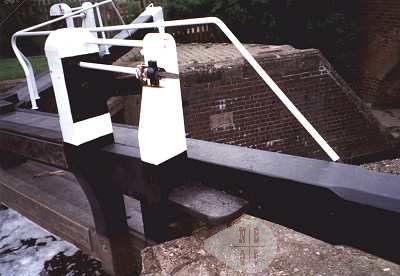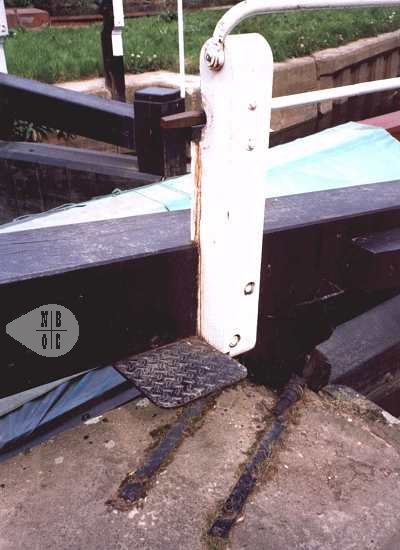Ideally should be wooden, and fit neatly into the angle formed by the balance beam and the paddle post. They should be long enough to take the whole foot and not stick out far enough to bark the shins, or make it necessary to lean over them in order to draw the paddle. This causes back strain
|
|
Two correctly fitted examples shown here |
|
|
|
 |
Both these types are acceptable but could be better. This one should be nearer the paddle post, while the one below projects far enough out to catch the shins |
 |
|
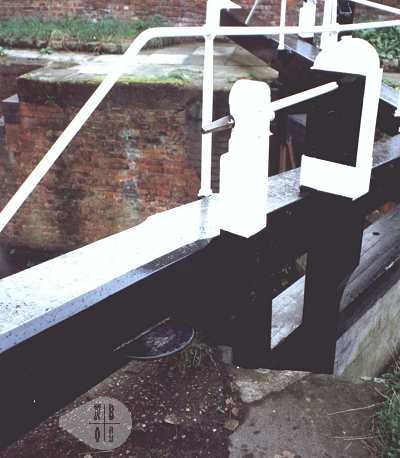 |
These two examples are both adequate and acceptable. Metal steps although not ideal are possibly more practical in vandal prone areas |
|
|
|
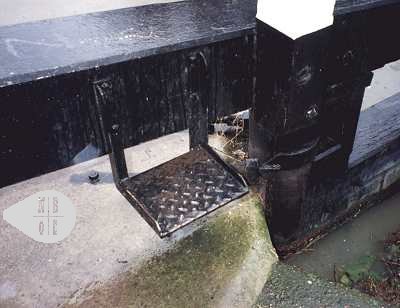 |
Neither of the following two metal steps are acceptable. |
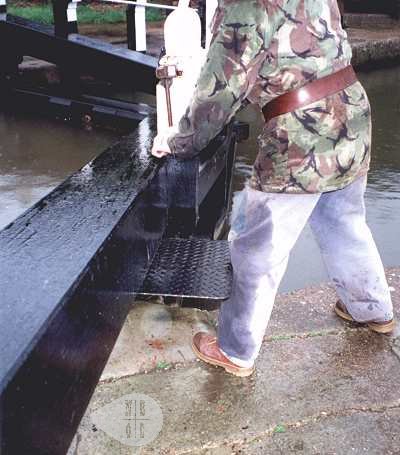 |
This one is too big, too sharp and in the wrong place.
Result: Bruised shins |
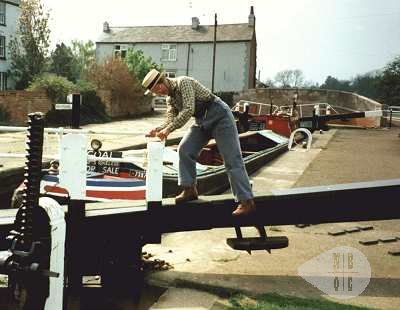 |
There are many ways of fitting them wrongly |
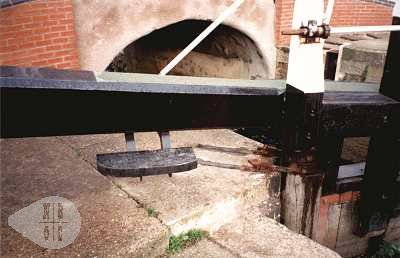 |
The bottom gates here have the same defects and are exacerbated by the step in the concrete below |
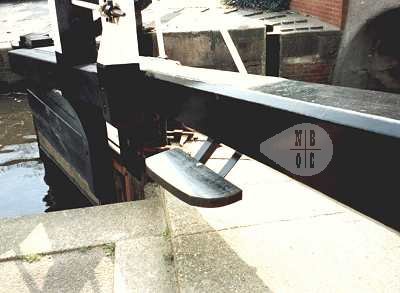 |
The other bottom gate at Mountsorrel has the same problem as it’s partner, but the step in the concrete is even more directly below the gate step |
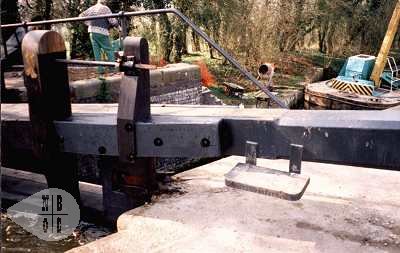 |
Here at Spinney lock on the Leicester section, an additional piece of timber is fitted where the step should be, so again causing the step to be fitted too far out along the beam |
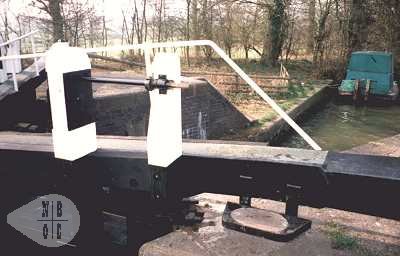 |
Newton Top Lock, no superfluous timber here, allowing the step to be slightly better sited |
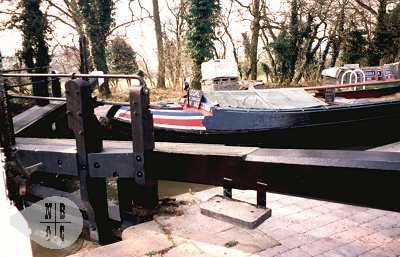 |
Again no extra timber, but step much too far out along the beam. Don’t these both look ugly and “stuck on” |
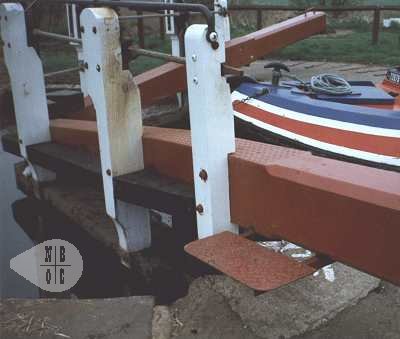 |
Aston Lock, Trent and Mersey canal. By far the worst example I’ve seen, steel, sharp, ugly and obstructs access to paddle spindle. This was in fact replaced after a letter of protest to the local manager |
 |
Another ugly one, and with bolt heads to step down on to. |


